Greg Hoyt, PE
Recent Posts
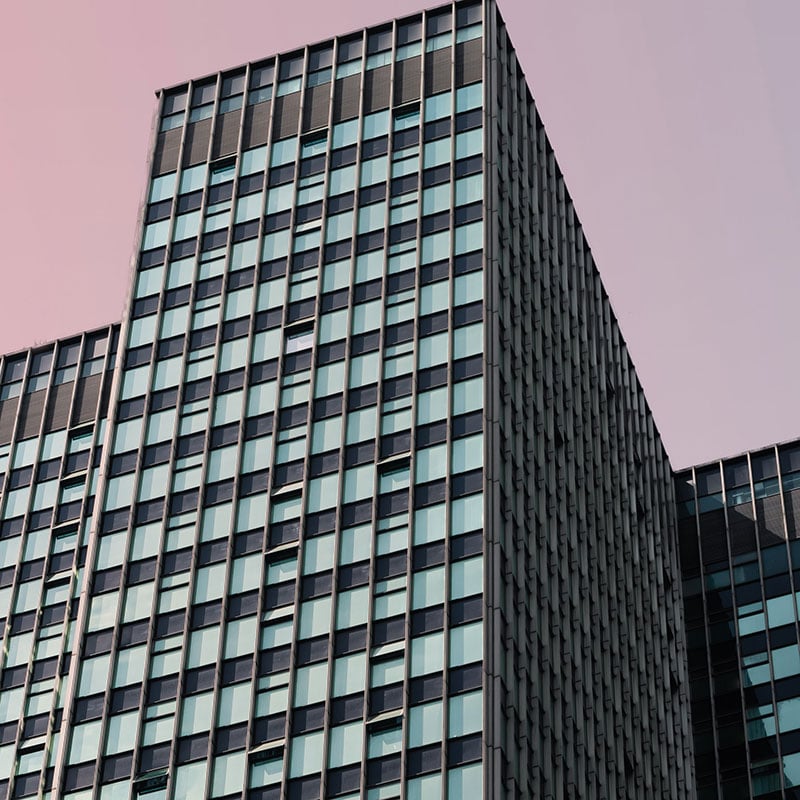
Building failures: It is never just one thing
[fa icon="calendar'] Dec 13, 2021 4:35:33 PM / by Greg Hoyt, PE
Buildings are complex systems, with multiple components that must work together to maintain structural integrity, keep the weather outside the building, and provide services for occupants, such as running water and air conditioning. Like any complex system, each building starts its life shiny and new, then deteriorates over time—slowly from regular wear and tear, or suddenly because of an external force such as an earthquake or tornado. Because of this complexity, building failures are seldom caused by just one thing.
Read More [fa icon="long-arrow-right"]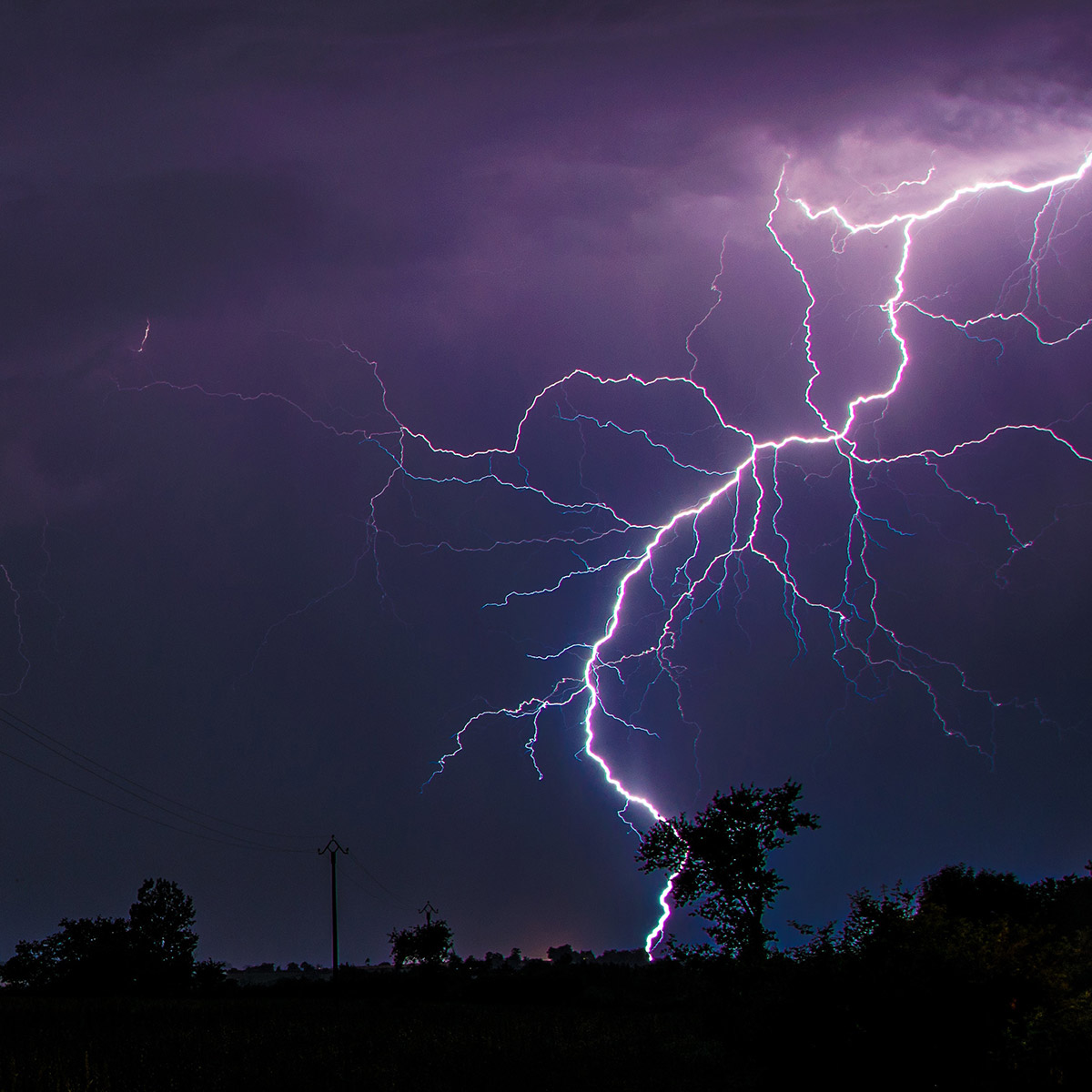
Best available refuge: Protecting yourself when a tornado or hurricane hits
[fa icon="calendar'] Sep 16, 2021 11:30:00 AM / by Greg Hoyt, PE
Tornados and hurricanes are dangerous, extreme wind events. Both types of storms are likely to happen in specific geographies—tornados in the central plains of the U.S. and hurricanes along the Atlantic seaboard and Gulf Coast. Yet these storms can and do happen in other areas.
Read More [fa icon="long-arrow-right"]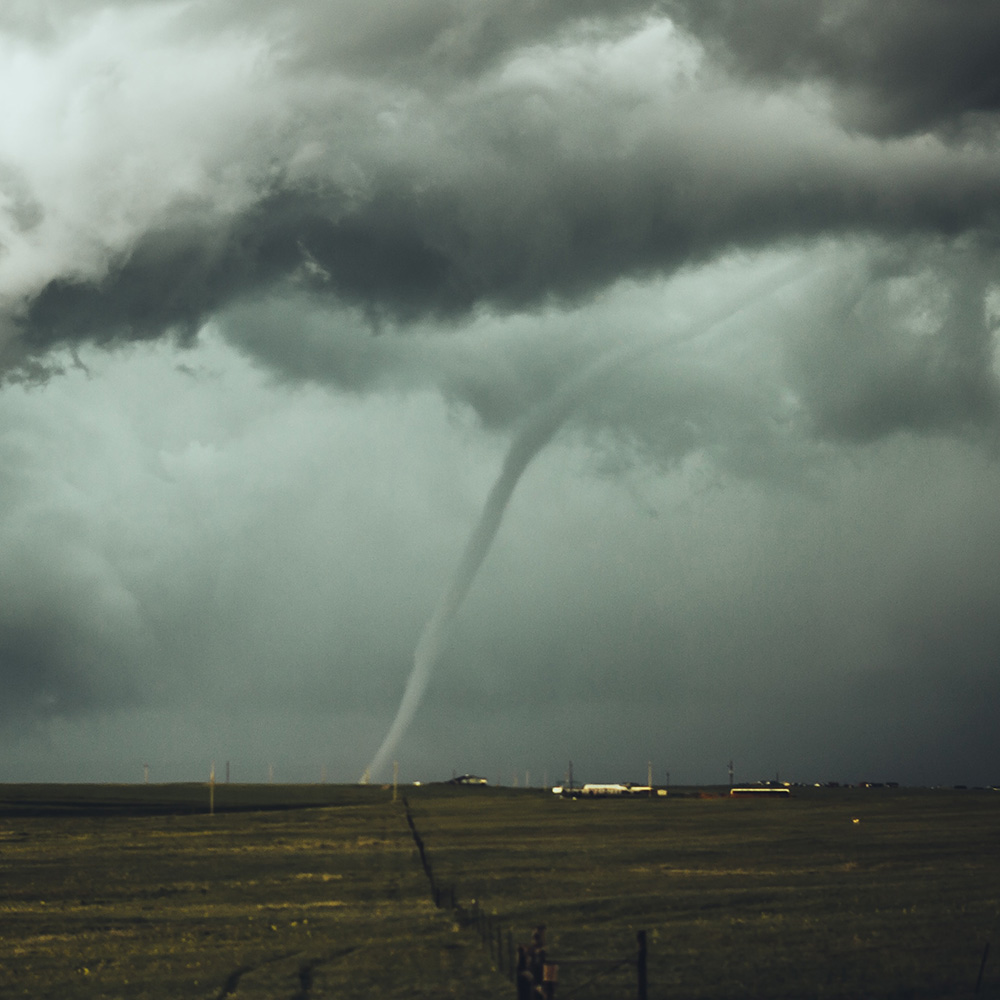
Structural performance during a tornado: What you need to know
[fa icon="calendar'] Sep 9, 2021 9:16:01 AM / by Greg Hoyt, PE
Statistically, there are few tornados above F2 on the Fujita scale (maximum wind speeds of 113-157 mph). This is a tremendous wind load to hit a structure and most buildings are not typically designed to survive those kinds of loads. The one good thing about tornados is that they are typically short-lived, on the ground only a few minutes, and averaging about 1,000 feet across. Regardless, the concentrated force of these rotating winds at that speed hitting the building for a short period can cause significant damage. Here, we will look at what happens to a structure when it is hit by a tornado.
Read More [fa icon="long-arrow-right"]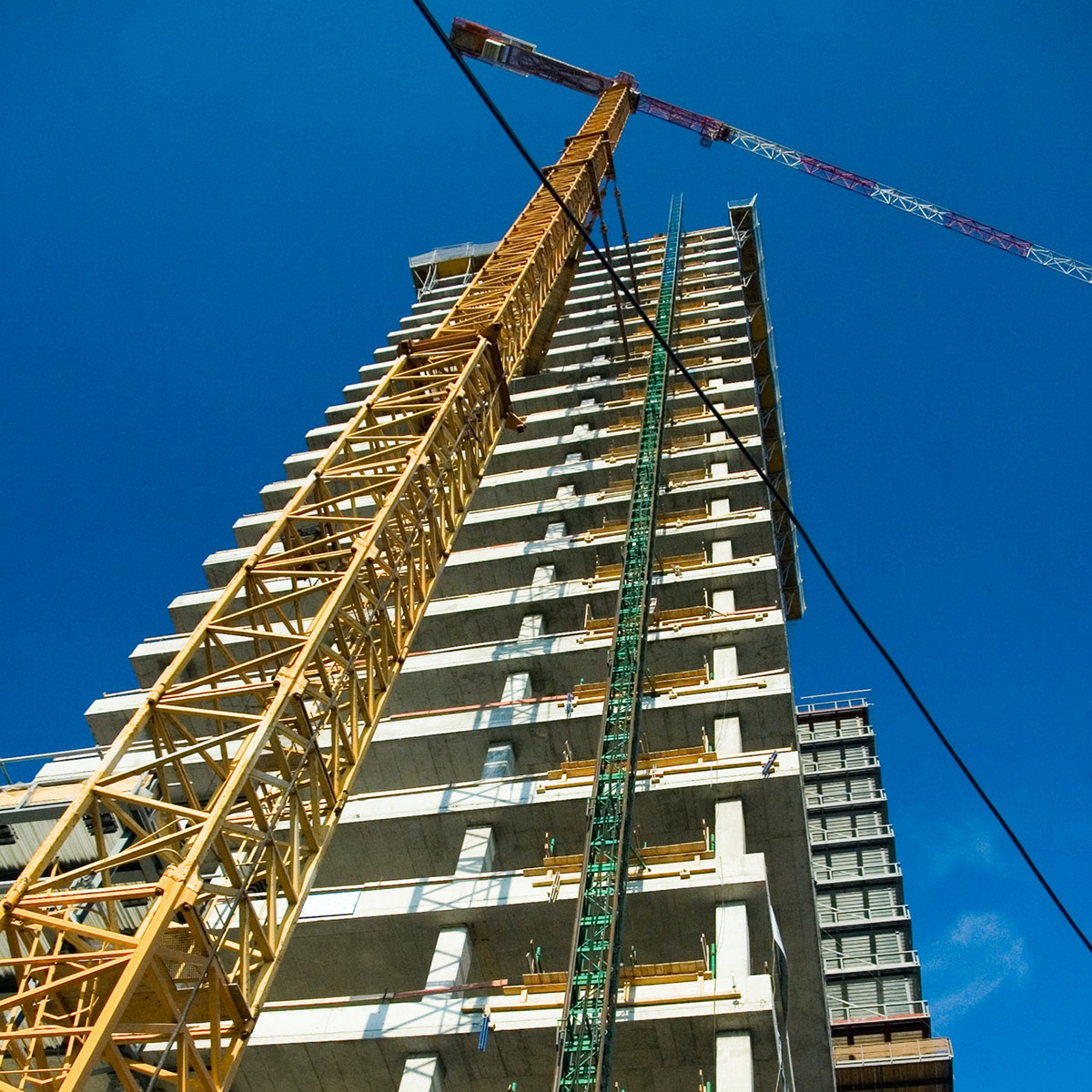
Getting a building back to pre-storm condition: What to expect
[fa icon="calendar'] Jul 27, 2021 10:30:44 AM / by Greg Hoyt, PE
Recovery after a hurricane or tornado is a multi-step process. After the storm has passed and it is safe to be back in the area, it is time for building owners, with the help of their insurance companies, to start the rebuilding process. There are several considerations in rebuilding structures to pre-storm condition, including assessing the damages, making repairs, and the associated costs.
Read More [fa icon="long-arrow-right"]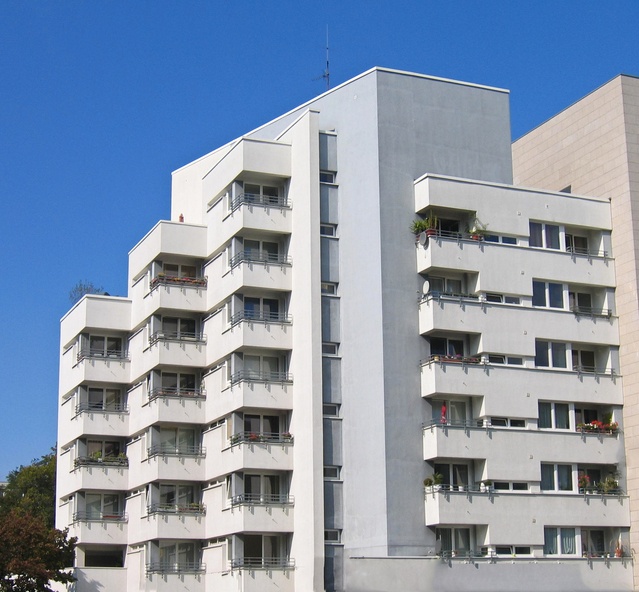
Balcony Issues: Common Structural Failures
[fa icon="calendar'] Aug 11, 2015 1:30:30 PM / by Greg Hoyt, PE
As I noted in my last blog post, and as recent news stories reveal, wood rotting and structural failures of balconies and decks can have costly consequences. The structural design and construction of decks and balconies, including their guardrails (or handrails) are critical for the safe performance of these structures and to avoid structural failure.
Signs of common balcony and deck structural failures
Of course, if you have questions concerning the structural integrity of your balcony and deck, it’s best to call a structural engineer to inspect the property and provide a professional opinion. In Boston, property owners are required to have certain facades inspected and certified within every five years. While this is not required for all properties, it is a good idea to schedule an inspection for your property’s balconies and/or decks within this time frame.
Read More [fa icon="long-arrow-right"]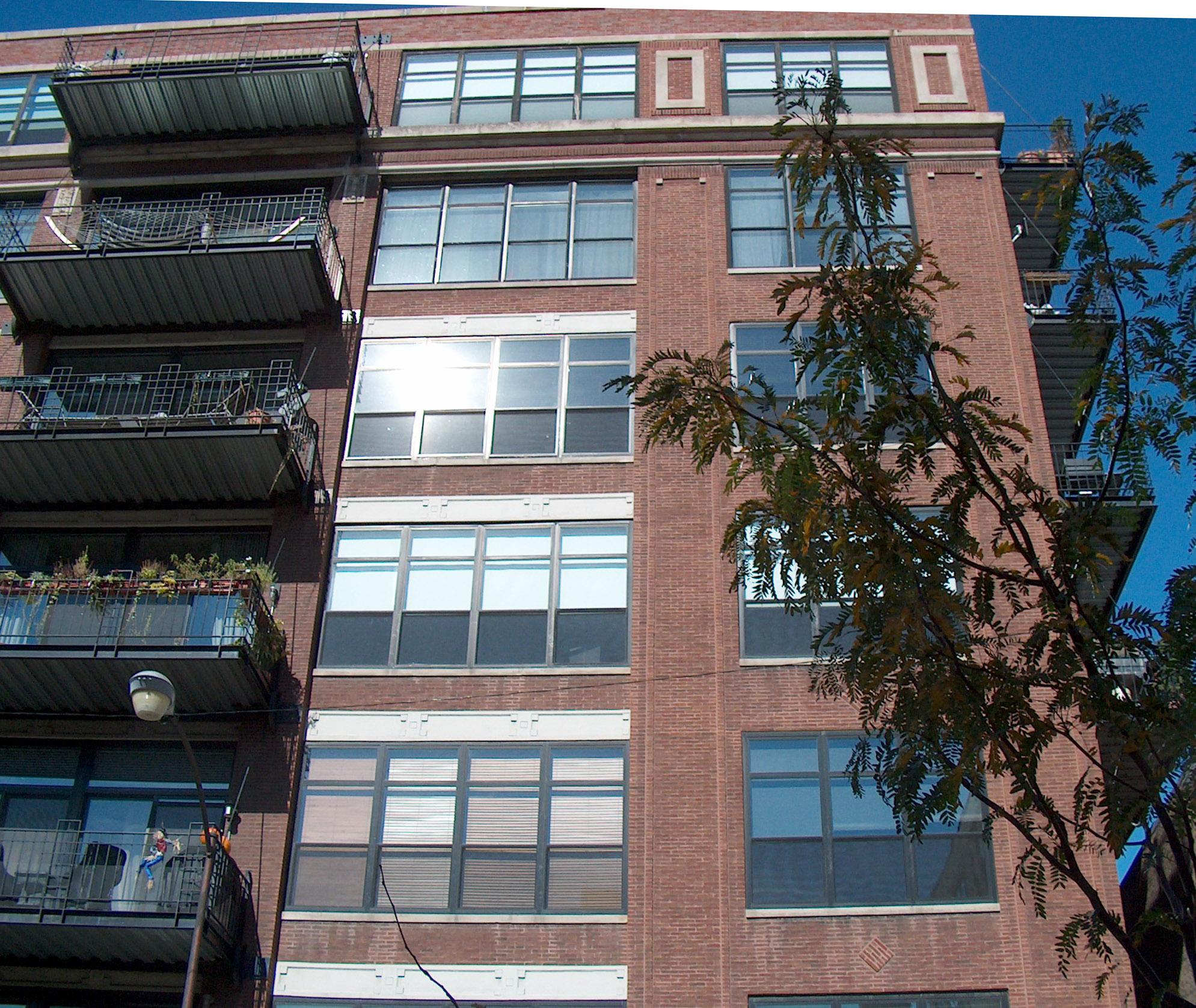
Balcony Issues: Structural Performance
[fa icon="calendar'] Jun 26, 2015 2:00:00 PM / by Greg Hoyt, PE
As recent news stories reveal, wood rotting and structural failures of balconies and decks can have costly consequences. The structural design and construction of decks and balconies, including their guardrails (or handrails) are critical for the safe performance of these structures and to avoid structural failure.

The importance of industrial roof structural safety reviews
[fa icon="calendar'] May 22, 2015 6:00:00 AM / by Greg Hoyt, PE
While the media may have unnecessarily scared homeowners with the fear of house roof collapses after this year's snowstorms in New England, industrial roof failures can have costly consequences in terms of facility damage, lost production, OSHA violations, and workplace injuries. There are a number of situations that call for safety reviews of the roofs of industrial buildings.
Generally, industrial roofs should be reviewed for safety by a structural engineer every 5 years (on the conservative side), and no less than every 10 years. Providing the engineer with background documents, such as original construction drawings, weights of piping and weights of equipment can be helpful, but is not necessary.
Your structural safety review will provide you with a complete roof evaluation, including inspection of all items of distress, weakness and corrosion, and will follow with a report detailing all areas of concern and recommendations for repairs.
Read More [fa icon="long-arrow-right"]
